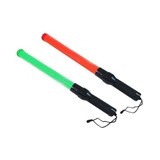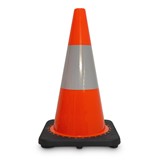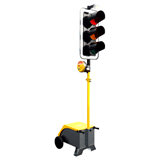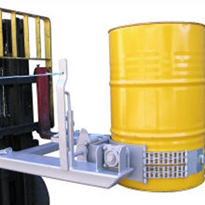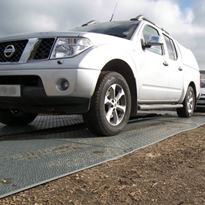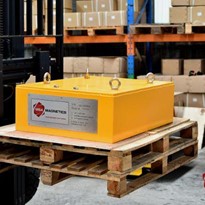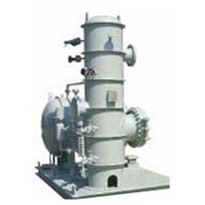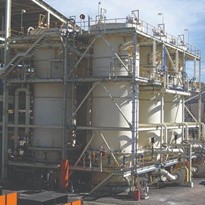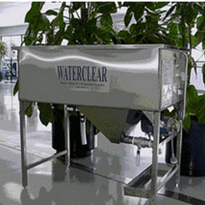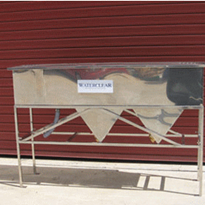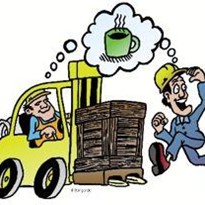On public roads we try to separate fast and slow traffic as much as possible, but this is not what we see in many warehouses. As a result, forklifts and pedestrians sometimes come into undesired contact. A well-considered traffic plan prevents fast and slow traffic from crossing each other’s paths.
Yellow and green lines
Separating traffic flows is important in the warehouse, just as it is on roads. With lines on the floor, we can create driving routes for forklifts and walkways for pedestrians. Make sure both forklift truck drivers and pedestrians can immediately see which path they should take. This can be achieved using a combination of symbols and different-coloured lines on the floor. Think yellow for train paths, green for footpaths. White lines are for marking storage locations on the floor and red is for locations with fire extinguishers or emergency doors that must always remain accessible.
Warehouses often have areas where many people work intensively at the same time, in an order picking operation for example. Consider marking out separate areas for value-added activities or for preparation of shipments. The people in these zones are mainly focused on their task, not on the traffic around them, so a simple line on the floor is insufficient to separate them from forklifts. You should therefore shield them with physical barriers such as gates, special traffic lights or audible warnings are also available for warehouses or production sites.
Pedestrian crossings
Of course, it is never entirely possible to avoid the need for pedestrians to cross a forklift route. To make this safer, create crosswalks in the form of pedestrian crossings. Symbols on the floor can be used to encourage forklift drivers to lower their speed.
The doorway from one hall to another can create a bottleneck. These are usually very busy locations, while views of traffic on the other side of the wall are often limited. It is advisable to make a door for pedestrians, separate to the opening for forklift traffic. Ideally, it should not be too close to the forklift opening, as pedestrians may be tempted to choose the easiest way.Use a fence to lead them to the door. Gates can also be useful to prevent people from entering the driveway directly when entering the warehouse.
Lead by example
The area immediately surrounding a forklift is one with a high risk of accidents. We can also mark out this safety zone – not with lines stuck on the floor but with visual aids. Take the Mitsubishi Safety Zone System, for instance. This consists of LED lamps that project clear red lines on the floor around the truck. These mark the minimum distance from the truck that employees must maintain in order to work safely.
Finally, make clear agreements about the use of traffic routes, walkways, crosswalks and entrances. Don’t forget to make these agreements known to occasional visitors to the warehouse, like office workers, maintenance engineers or guests from outside. And last but not least, set a good example yourself. If managers don’t use the footpaths, why would other employees?


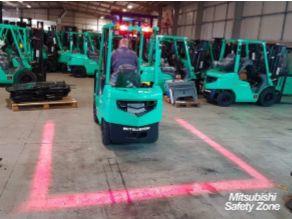

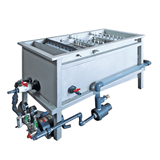
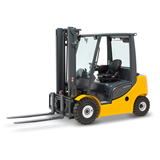
-160x160-state_article-rel-cat.png)



